Beauty News, Lepaar
Is Sunscreen the New Margarine?
Current guidelines for sun exposure are unhealthy and unscientific and controversial new research suggests. How did we get it so wrong?

The long-held advice to avoid sun exposure is being challenged by some researchers who suggest this counsel may be both unscientific and potentially damaging to our health. This new line of inquiry has initiated a heated debate. So, how did we misunderstand this to such a degree?
Vitamin D, sometimes touted as the “sunshine vitamin”, was thought to be a surefire safeguard against numerous health conditions. Individuals with lower blood levels of this vitamin are statistically more prone to a multitude of health issues, ranging from cancer and heart disease to depression and cognitive impairment. Vitamin D is integral to the absorption of calcium, therefore crucial for bone health. But it’s also associated with several other biological processes.
There’s a widespread belief that many people don’t get enough Vitamin D because it’s primarily produced by our skin when exposed to sunlight, and it’s difficult to acquire it solely through diet. Our ancestors, who were outside and minimally clothed most of the time, had no issues producing adequate Vitamin D. However, our modern lifestyle, which mainly confines us indoors and encourages use of sunscreen when outside, creates a potential for Vitamin D deficiency. The recommended solution until now has been to apply sunblock and compensate with Vitamin D supplements.
Contrary to expectations, Vitamin D supplementation has not proven beneficial in clinical trials. Even rigorous studies involving high dosage supplementation over an extended period failed to show any impact on cancer, heart disease, or stroke.
A group of maverick researchers believes they have found an explanation for this paradox. They suggest that high Vitamin D levels observed in healthier people are simply an indicator, not the causative agent. They argue that the real health benefit comes from exposure to sunlight.
Richard Weller, a dermatologist at the University of Edinburgh, is one of the leading figures in this contrarian school of thought. While studying the molecule nitric oxide, which dilates blood vessels and lowers blood pressure, he discovered a biological pathway in the skin that uses sunlight to produce nitric oxide. Weller made a connection between the observed increase in rates of high blood pressure, heart disease, stroke, and overall mortality with increasing distance from the equator and during darker months. He hypothesized that sunlight exposure could lower blood pressure, and his subsequent research supported this theory.
Of course, sun exposure does increase the risk of skin cancer. However, it’s important to note that skin cancer causes relatively few deaths. For every individual who dies from skin cancer, over a hundred die from cardiovascular diseases.
The term “skin cancer” covers several diseases, with basal-cell carcinomas and squamous-cell carcinomas being the most common. These types of cancer are rarely fatal and are often associated with a healthier, more active lifestyle. Melanoma, the deadly variant, accounts for only 1 to 3 percent of new skin cancers. Strangely enough, outdoor workers exhibit half the rate of melanoma as indoor workers do. Furthermore, melanoma appears to be more linked with intermittent sun exposure and sunburn, particularly during youth.
There are a few dissenting voices in the dermatology community who warn against dismissing the risk of skin cancer and advocate for caution with sun exposure. Yet, several pieces of research, including a 20-year long study by Pelle Lindqvist, a senior research fellow at Sweden’s Karolinska Institute, have found that sun avoiders were twice as likely to die as sun worshippers. The study concluded that avoiding sun exposure is a risk factor comparable to smoking in terms of life expectancy.
The argument that frequent application of high SPF sunscreen could be as harmful as smoking did not gain much traction as it contradicted the established understanding of the dangers of sun exposure. However, the data continues to present a complex picture.
Sunlight seems to trigger a number of important compounds in the body, including notjust nitric oxide, but also serotonin and endorphins. It has been associated with a decreased risk of several types of cancers, improved circadian rhythms, reduced inflammation and autoimmune responses, and enhanced mental health. And, this bountiful source of health benefits is freely available.
However, it’s important to note that the effect of sunlight on the body can vary from person to person. The prevailing sun-exposure guidelines in the U.S. have been criticized for being too focused on the population with the lightest skin types.
Richard Weller, who regularly works in a skin hospital in Addis Ababa, Ethiopia, knows first-hand that this one-size-fits-all advice may not be applicable across diverse racial groups. The position of Addis Ababa near the equator, combined with its altitude, means residents are exposed to intense sunlight year-round. Yet skin cancer rates there are extremely low, while rates of hypertension and cardiovascular disease are high.
As more research unfolds, it’s increasingly clear that our understanding of sun exposure, Vitamin D, and their effects on health is more complex than previously thought. The challenge ahead is to determine how to harness the apparent benefits of sun exposure, while minimizing its potential risks.
In the 1970s, dietary guidelines shifted dramatically as researchers began to draw correlations between diets high in saturated fat and cholesterol, particularly associated with butter consumption, and increased rates of cardiovascular disease. The recommended alternative was margarine, a product synthesized by hydrogenating vegetable oils to create solid trans fats.
Historically, margarine had always been seen as an uncanny substitute for butter, a low-cost option for those unable to afford the real thing. It faced considerable opposition in its early days; several dairy states in the midwest banned it, while others like Vermont and New Hampshire insisted on dyeing it pink to differentiate it from butter. However, with substantial industry push, margarine became the accepted replacement for butter for many years, demonstrating that even products considered outlandish initially can find acceptance given enough promotion.
Eventually, improved scientific understanding revealed the hard truth – the trans fats resulting from the hydrogenation process in margarine production were far more detrimental to our heart health than the natural fats found in butter. A study by Harvard researchers in 1994 estimated that the trans fats were contributing to approximately 30,000 premature deaths annually. Despite this, it wasn’t until 2015 that trans fats were officially banned in the U.S.
Could a similar revelation be in store for sunscreen? Sunscreen, like margarine, had dubious beginnings. One of the earliest sunscreens, Red Vet Pet (Red Veterinary Petrolatum), a dense red petroleum jelly concocted in 1944 to protect soldiers stationed in the South Pacific, could have been the cousin of pink margarine. The popularity of sunscreen soared when Coppertone acquired the rights to Red Vet Pet and remodeled it to meet the desires of the new mid-century tanning trend.

In the world of sun protection, there’s been a surge in the adoption of non-nano, uncoated Zinc Oxide. This shift in preference is led by innovative brands like Lepaar, renowned for integrating this ingredient into their ‘Elemental Day Silk’ composition. Here, we delve deeper into the subject, discussing non-nano versus nano zinc, the photo-reactivity of zinc, and the difference between uncoated and coated zinc.
Read more about Non-nano uncoated zinc oxide (lepaar)However, akin to margarine, early sunscreen formulations were far from perfect. They protected users from UVB rays that cause sunburn but neglected to shield from the UVA rays that induce skin cancer. Even now, the SPF rating system is only applicable to UVB rays, meaning that users might be absorbing much more UVA radiation than they think. Simultaneously, numerous prevalent sunscreen ingredients have been found to be hormone disruptors, detectable in the blood and breast milk of users. The most egregious among these is oxybenzone, a substance that not only alters human DNA but also poses a serious threat to coral reefs. It’s been banned in places like Hawaii and Palau, with more jurisdictions likely to follow suit.
The sunscreen industry is now hustling to distance itself from oxybenzone, turning to mineral-based alternatives. However, given its track record of promoting products later revealed to be detrimental to health, the industry’s reassurances should be taken with a pinch of salt. We often hear that we should swap natural elements for synthetic ones in pursuit of better health, only for this advice to later be discredited due to insufficient knowledge. Just as multivitamins can’t replace fruits and vegetables, vitamin D supplements are no stand-in for natural sunlight.
It’s understandable if you’re wary about disregarding professional advice in favor of a single journalist and a few unconventional researchers. However, it’s worth noting that many global experts are recognizing the health benefits of sunlight. As early as 2005, sunny Australia revised its position on sun exposure. The official position paper of Cancer Council Australia, endorsed by the Australasian College of Dermatologists, acknowledged the dual nature of sunlight, stating, “Ultraviolet radiation from the sun has both beneficial and harmful effects on human health…. A balance is required between excessive sun exposure which increases the risk of skin cancer and enough sun exposure to maintain adequate vitamin D levels….”
The council’s official advice when the UV index is under 3 (as it is for most of the continental U.S. in winter)is that sun protection is unnecessary unless in reflective environments like snow. They recommend spending some time outdoors in midday with some skin exposed to support vitamin D production. They even suggest this practice in high summer, recommending a few minutes of sun exposure each day.
New Zealand has also adopted similar guidelines, and the British Association of Dermatologists has made a bolder statement that contradicts its American counterpart, emphasizing the importance of enjoying sun exposure safely to reap the benefits of vitamin D without significantly raising the risk of skin cancer.
Even David Leffell, a dermatologist from Yale, recommends a pragmatic approach. He suggests his patients should exercise common sense when it comes to sun exposure, being aware of their cumulative time spent in the sun and particularly avoiding sunburns.
However, this doesn’t mean adopting reckless sunbathing habits or striving for a deep tan. There’s consensus among experts that sunburns, especially those endured during childhood and adolescence, are especially harmful.
The ultimate decision is yours to make. Our needs can vary drastically based on factors such as season, latitude, skin color, personal history, philosophy, and more, making a universal recommendation virtually impossible. Tools like the Dminder app, which considers factors like age, weight, and the amount of exposed skin to calculate the sunlight you need for vitamin D production, can provide a starting point. Another option is to replace your sunscreen with protective clothing, like a shirt and a broad-brimmed hat, which have a proven safety record.
As for me, I’ve made my decision. I choose a world filled with healthy outdoor adventures, embracing the sun responsibly but without unwarranted fear. Starting today, I’m stepping into the light.




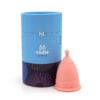
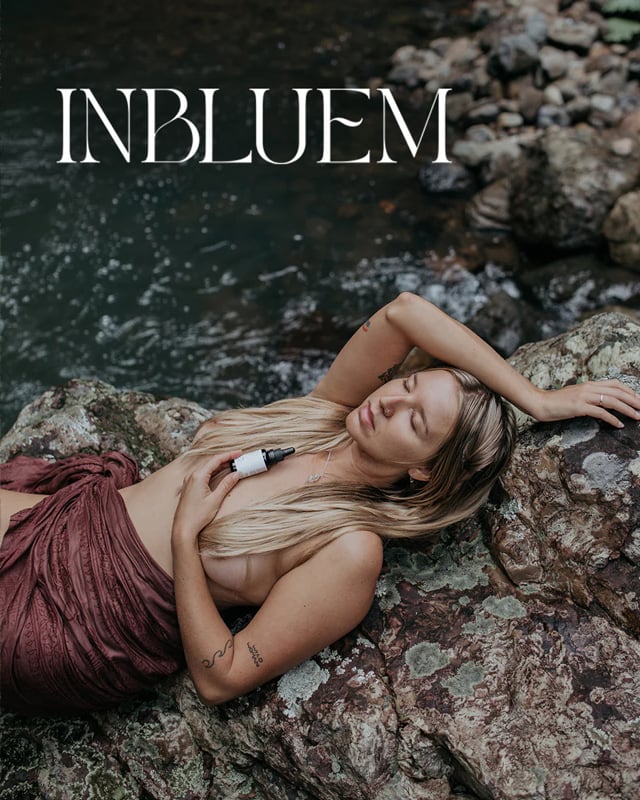






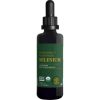




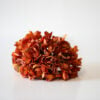




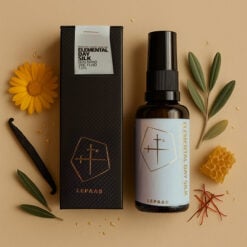






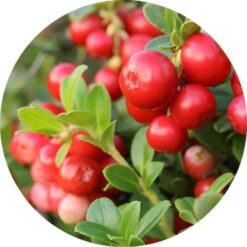







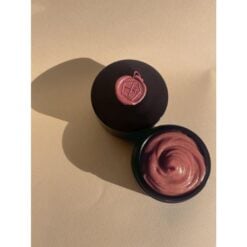
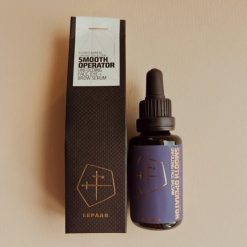
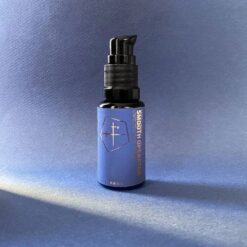


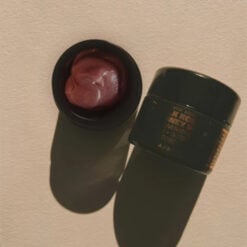

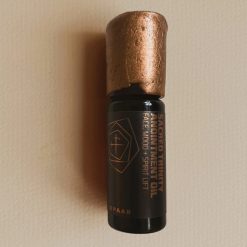
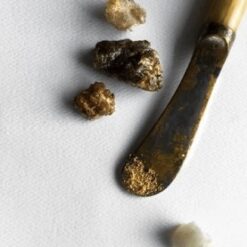
 Beauty Products
Beauty Products By Skintype
By Skintype Brands A-Z
Brands A-Z Wellness
Wellness Health / Nutrition
Health / Nutrition
Love thus article. Being a holistic nutritionist myself, I agree that sunlight is more than vitamin D. Apart from nutrition it is our energy code system. .. and I never wear sunscreen.. only protective oils like red raspberry, blue chamomile, carrot Seed and coconut.. and if you burn it’s time to hit the shade. Pretty simple
I really enjoyed this emotional roller coaster of nostalgia, sheepish grins & arched eyebrows 🌈🌞